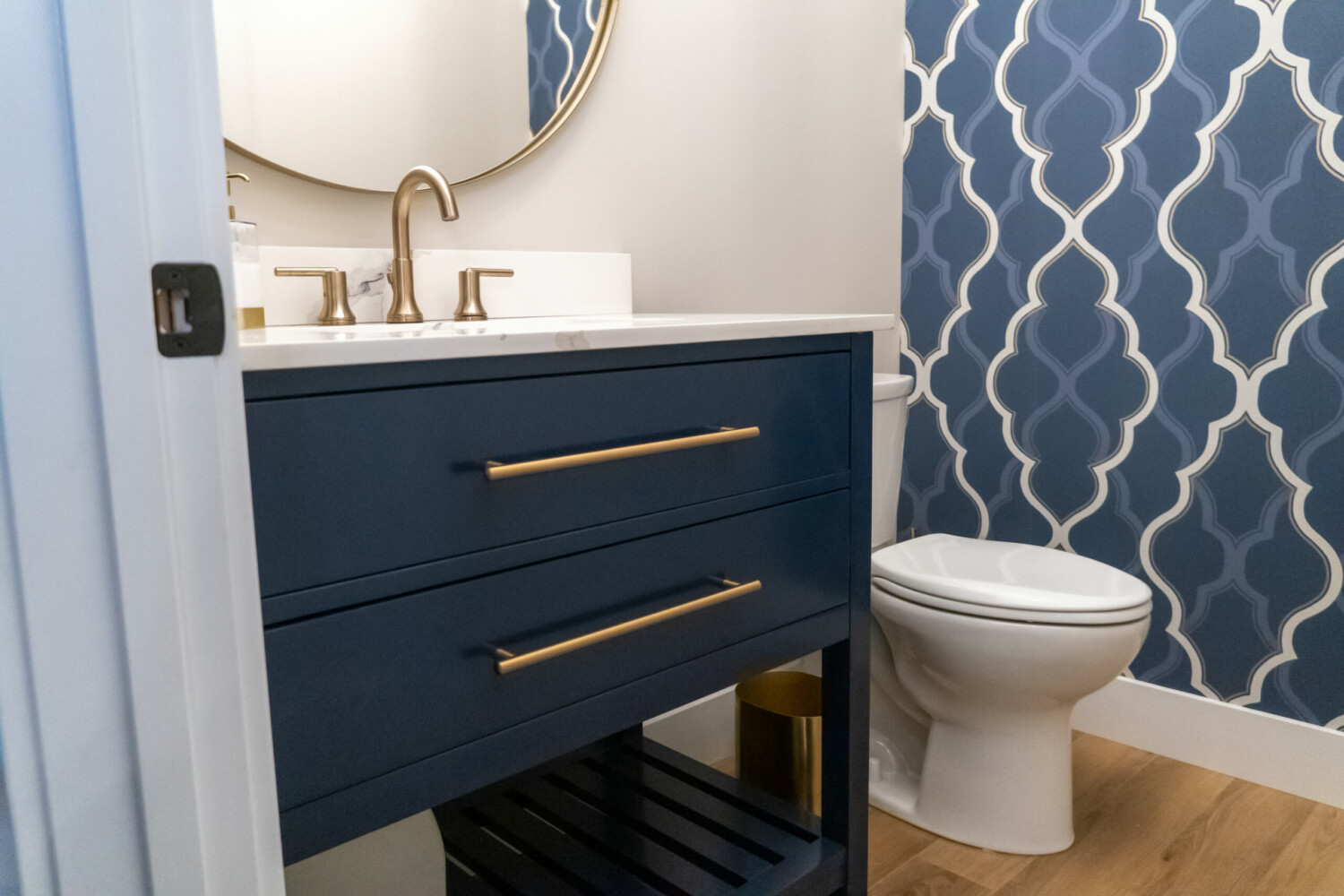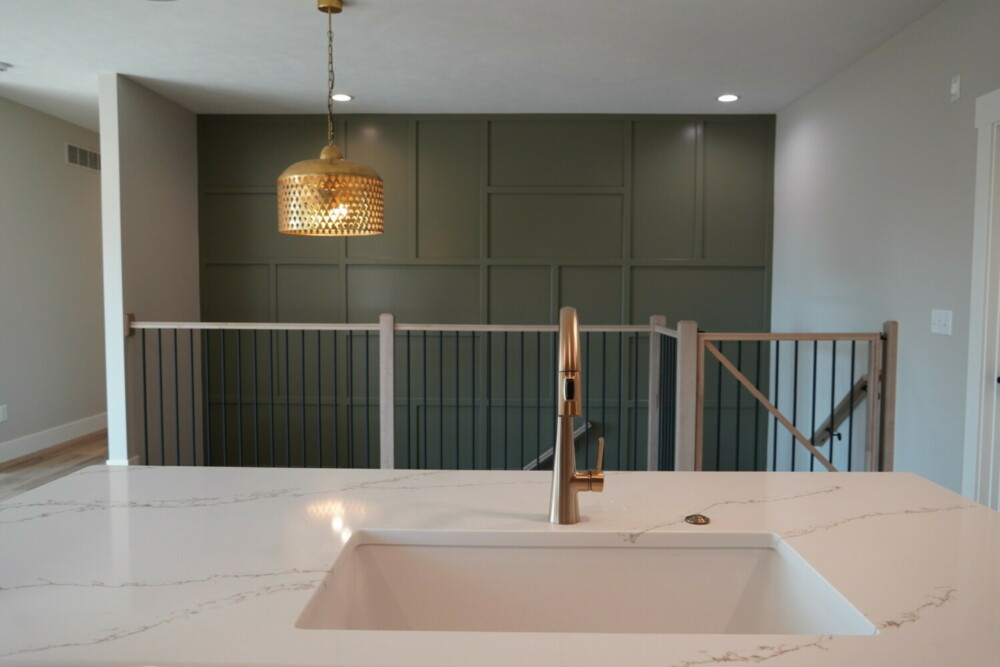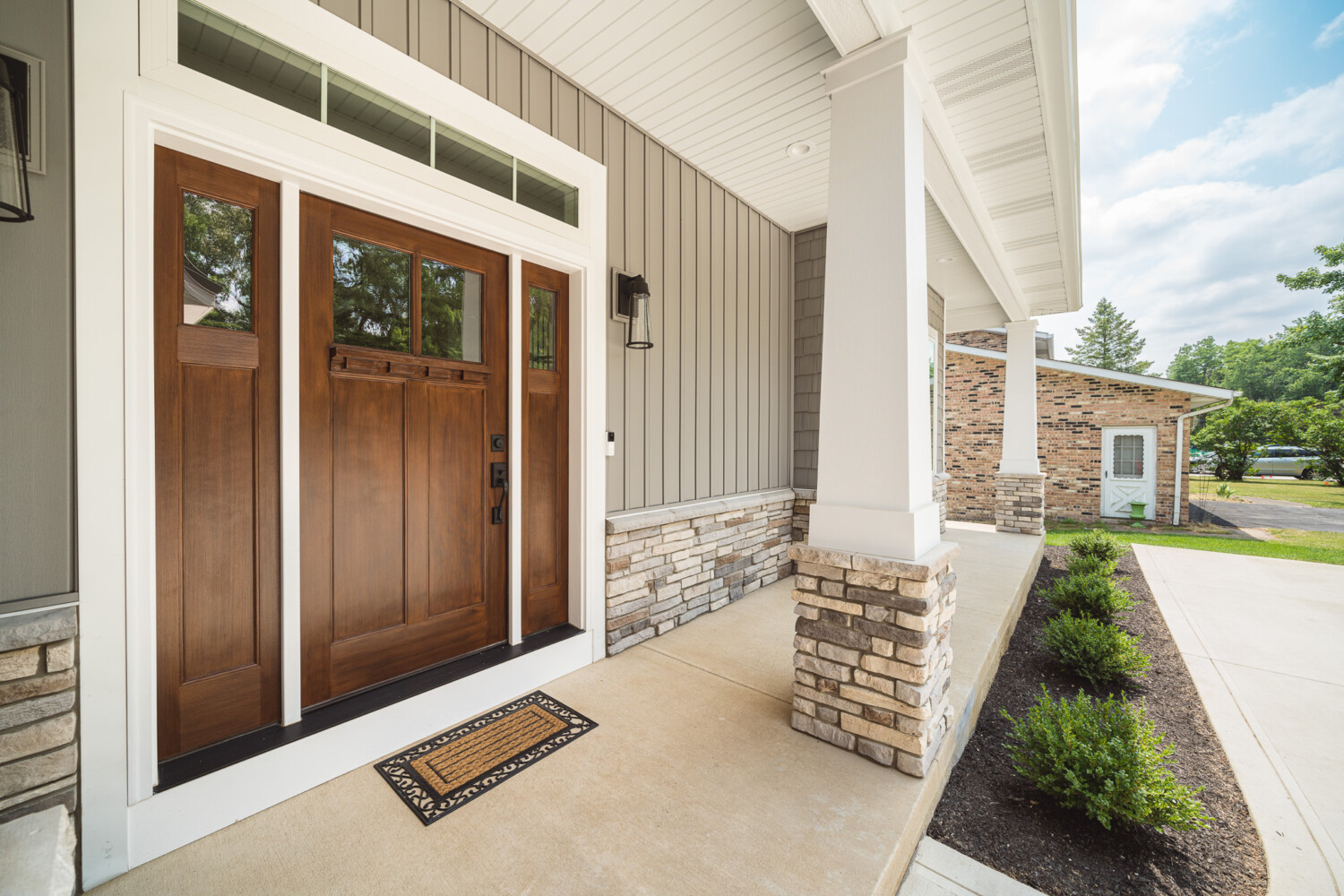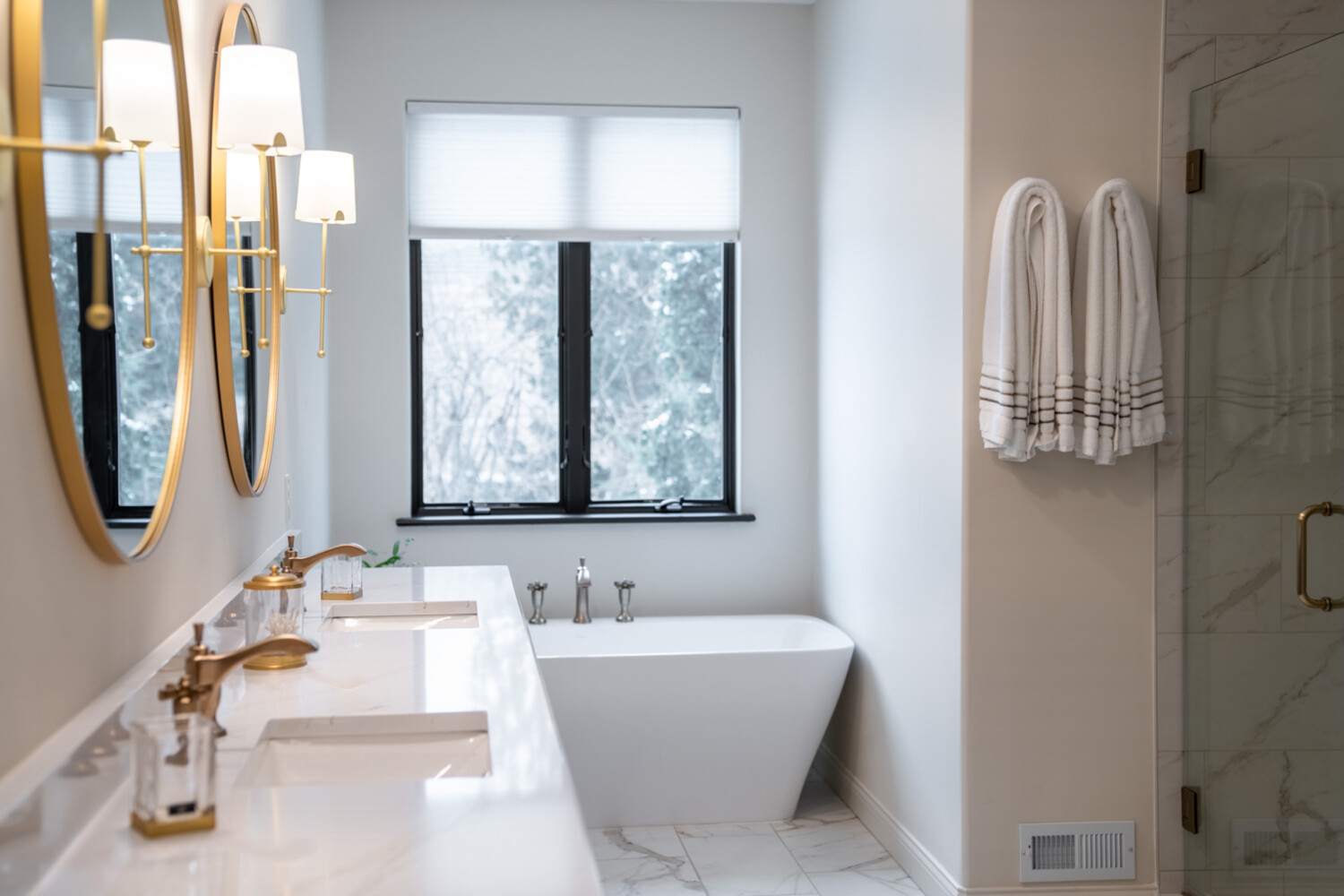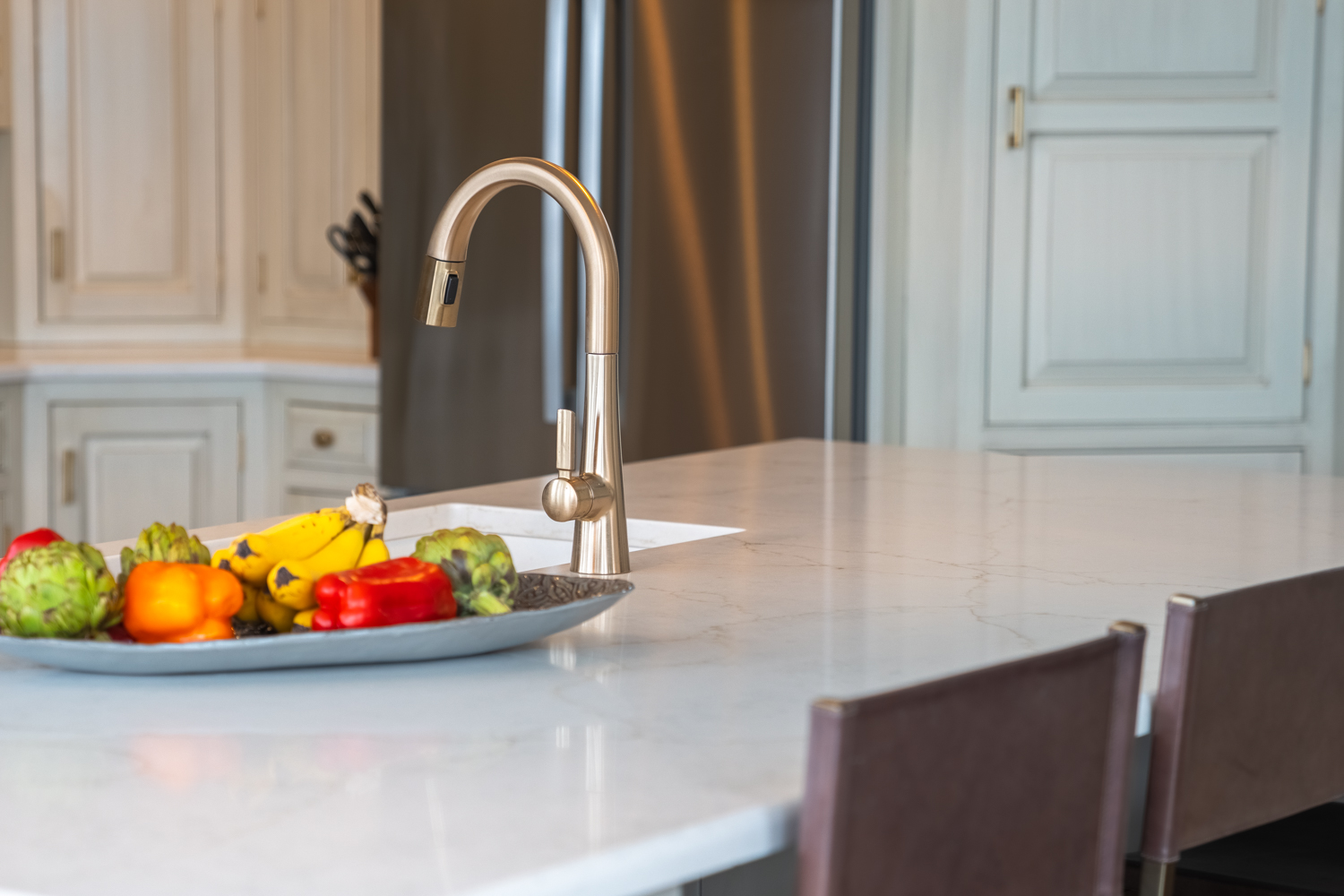
Building your dream kitchen involves careful planning and decision-making. Here’s a guide to help you through the process, including tips on layout, colors, tile, appliances, hiring a builder, and plumbing considerations:
1. Kitchen Layout
- Assess your needs: Consider how you use your kitchen and what features are important to you. For efficient workflow, consider the work triangle (the relationship between the sink, stove, and refrigerator).
- Determine the layout type: Common kitchen layouts include galley, L-shaped, U-shaped, and open concept. Choose the layout that best suits your space and preferences.
- Consider storage: Plan for good cabinet and pantry space to accommodate your needs. Think about the placement of drawers, shelves, and specialized storage solutions.
2. Colors and Materials
- Choose a color scheme: Select colors that reflect your style and create the desired atmosphere. Consider factors such as lighting, size of the space, and coordination with the rest of your home.
- Material selection: Decide on the materials for countertops, cabinetry, backsplash, and flooring. Opt for durable, easy-to-clean surfaces that align with your aesthetic preferences.
3. Tile Selection
- Backsplash: Select a backsplash tile that complements the overall kitchen design. Consider factors like color, pattern, texture, and ease of cleaning.
- Flooring: Choose a material that is aesthetically pleasing and practical for a kitchen environment. Ceramic or porcelain tiles, hardwood, or luxury vinyl are popular choices.
4. Appliance Selection
- Determine your needs: List and prioritize essential appliances based on your cooking habits and lifestyle. Consider factors such as size, energy efficiency, and smart features.
- Coordinate finishes: Decide whether you want your appliances to match or have a contrasting finish. Popular options include stainless steel, black stainless, or custom paneling to blend with cabinetry.
5. Hiring a Builder
- Research and gather recommendations: Look for reputable builders with experience in kitchen renovations. Seek advice from friends, family, or online reviews.
- Verify credentials: Ensure the builder is licensed, insured, and has the necessary permits to carry out the work.
- Request estimates: Obtain detailed estimates from multiple builders, including timelines, cost breakdowns, and warranties. Compare their proposals to make an informed decision.
6. Plumbing Considerations
- Sink installation: Hiring a plumber is recommended for installing or relocating sinks, faucets, and garbage disposals. They can ensure proper connections and drainage.
- Dishwasher installation: Plumbing expertise is required to connect the dishwasher to the water supply and drainage system.
- Gas lines: If you’re installing a gas range or cooktop, a plumber should handle the gas line connections to ensure safety and compliance with local codes.
Conclusion
We hope this can help you through the process of building your dream kitchen. Remember to communicate your vision clearly with the builder, collaborate closely with them throughout the process, and make informed decisions based on your needs, budget, and aesthetic preferences.

